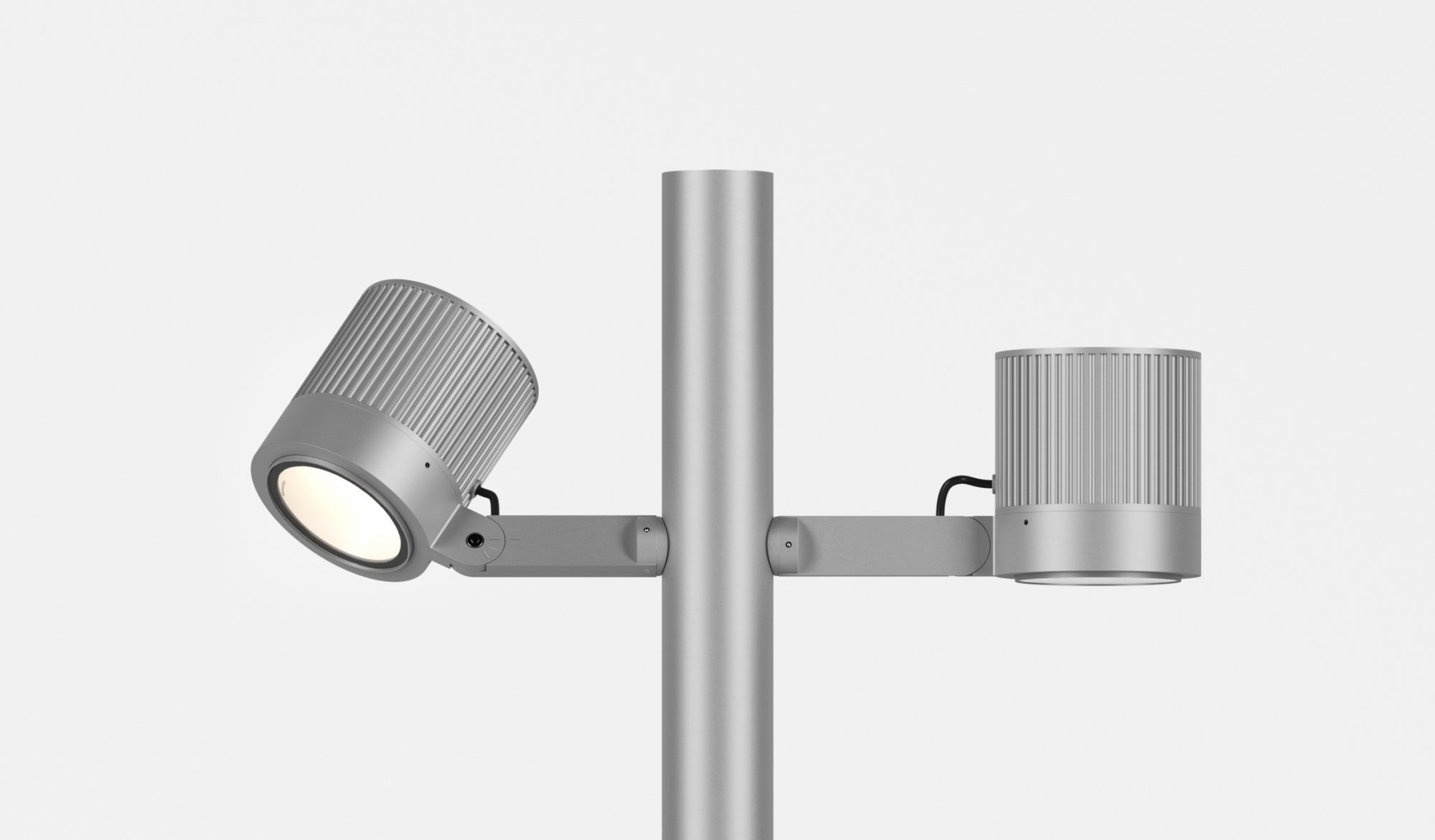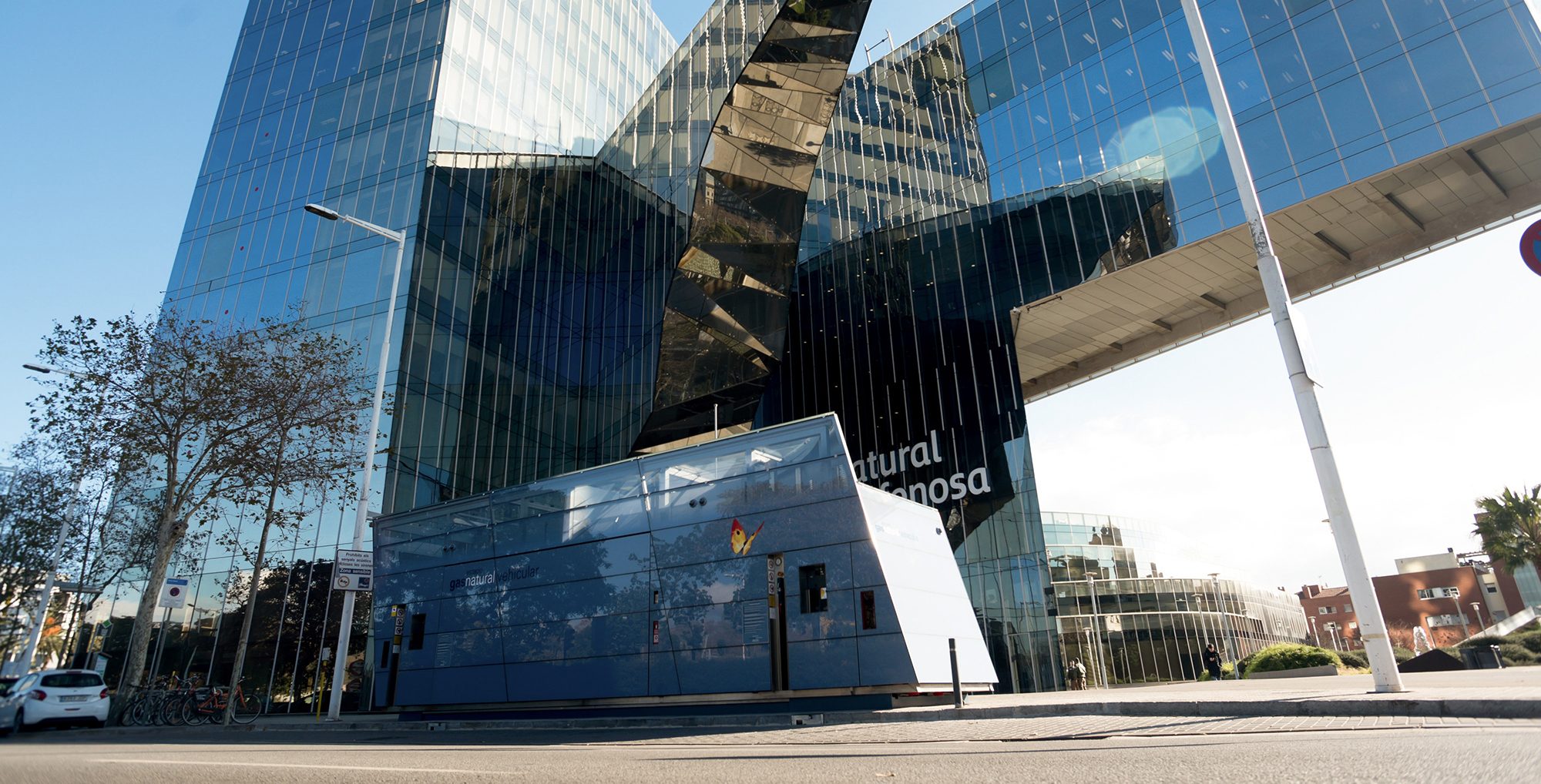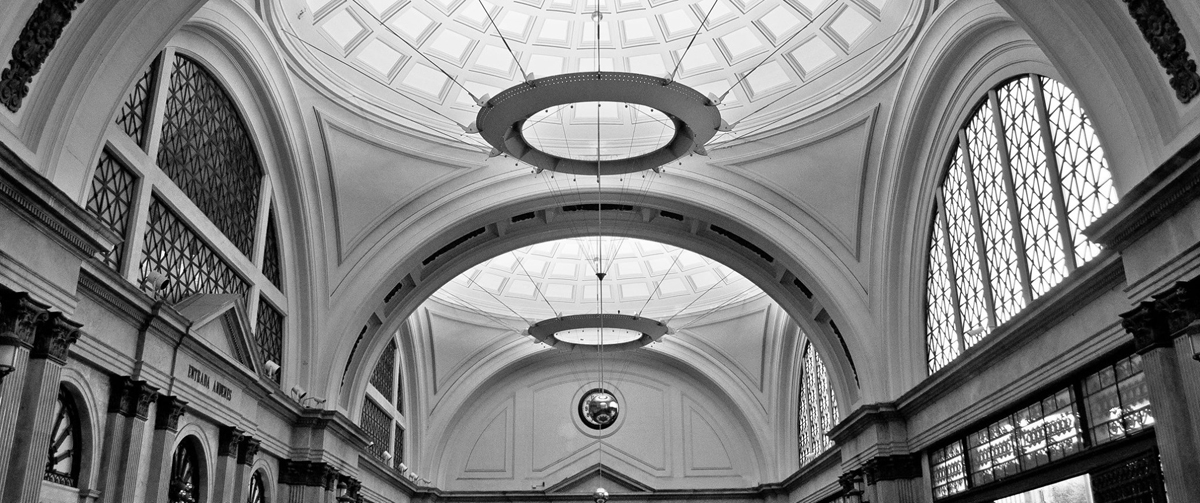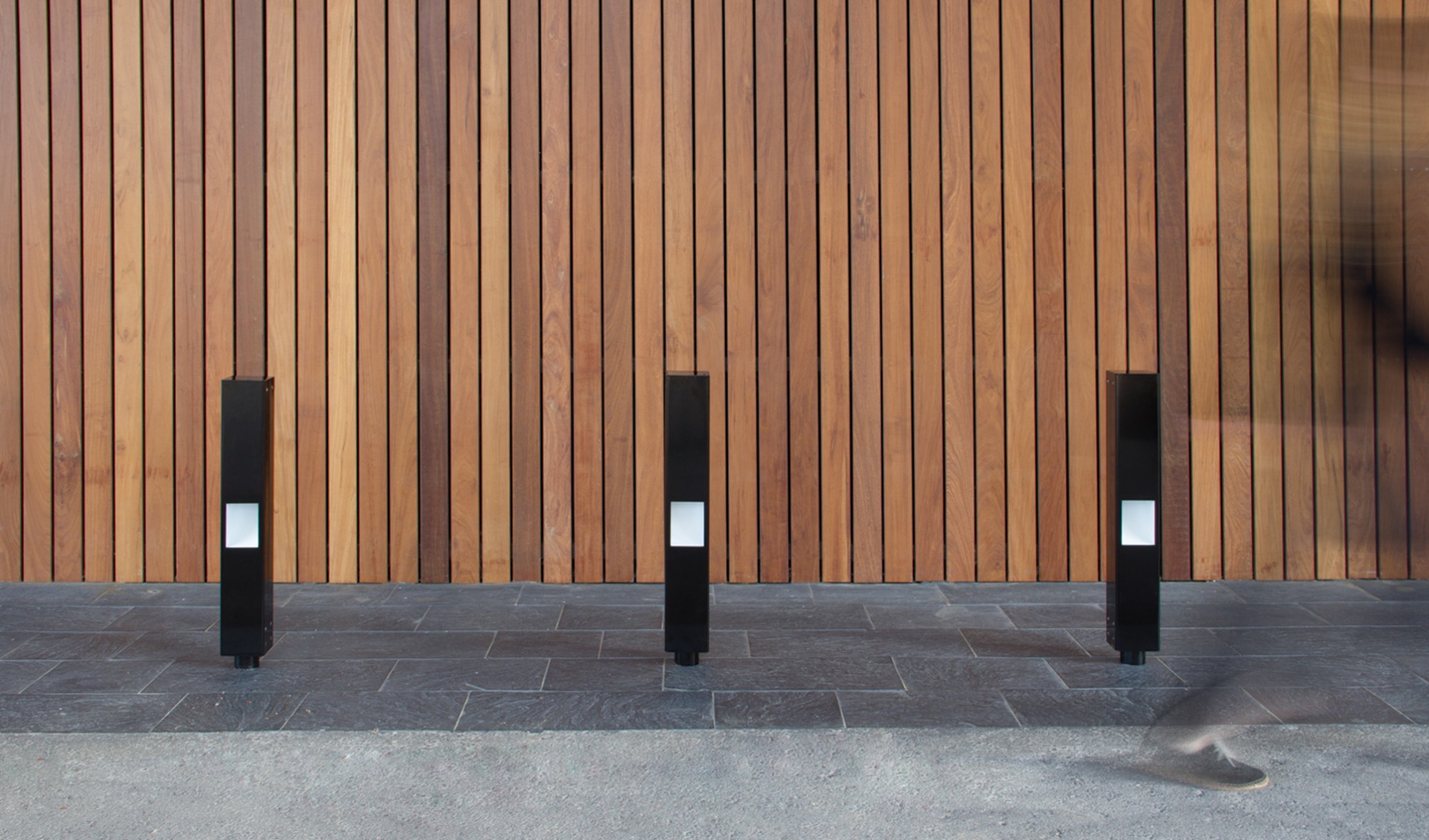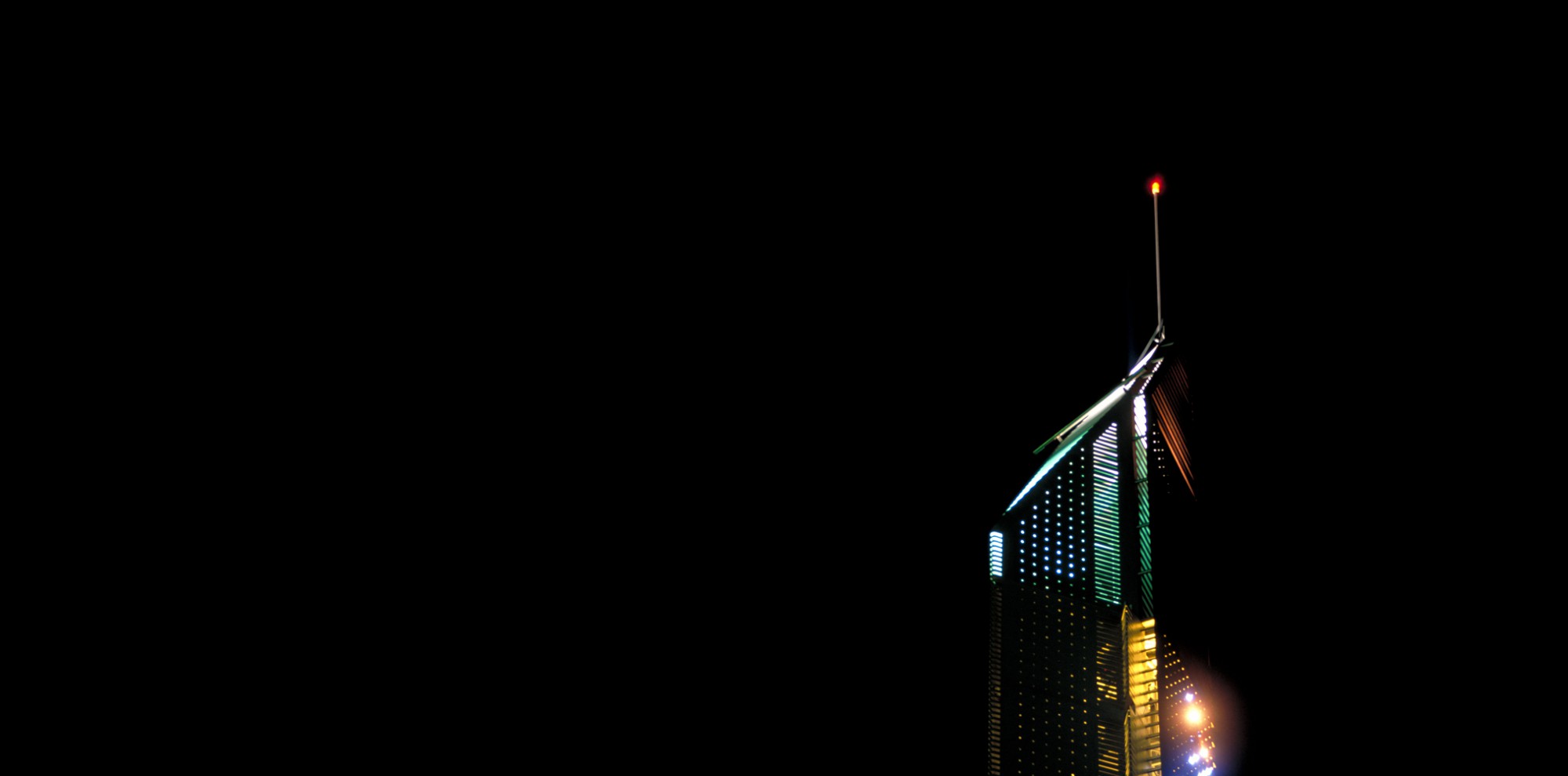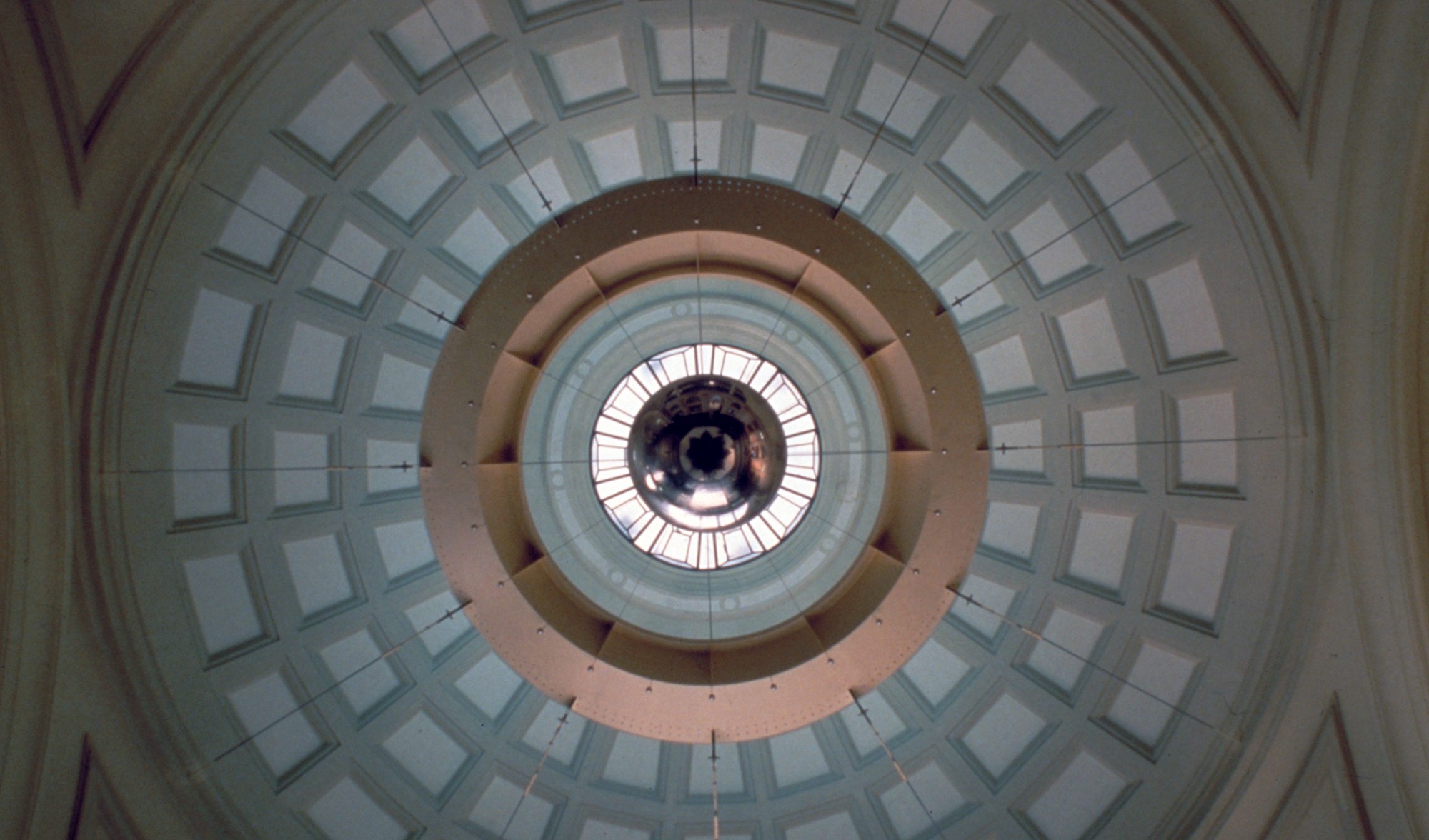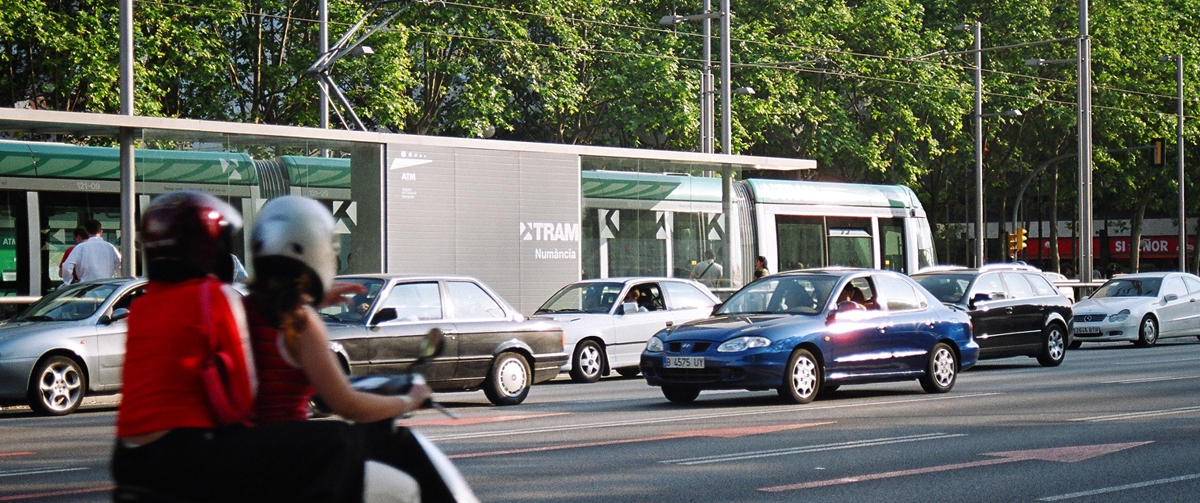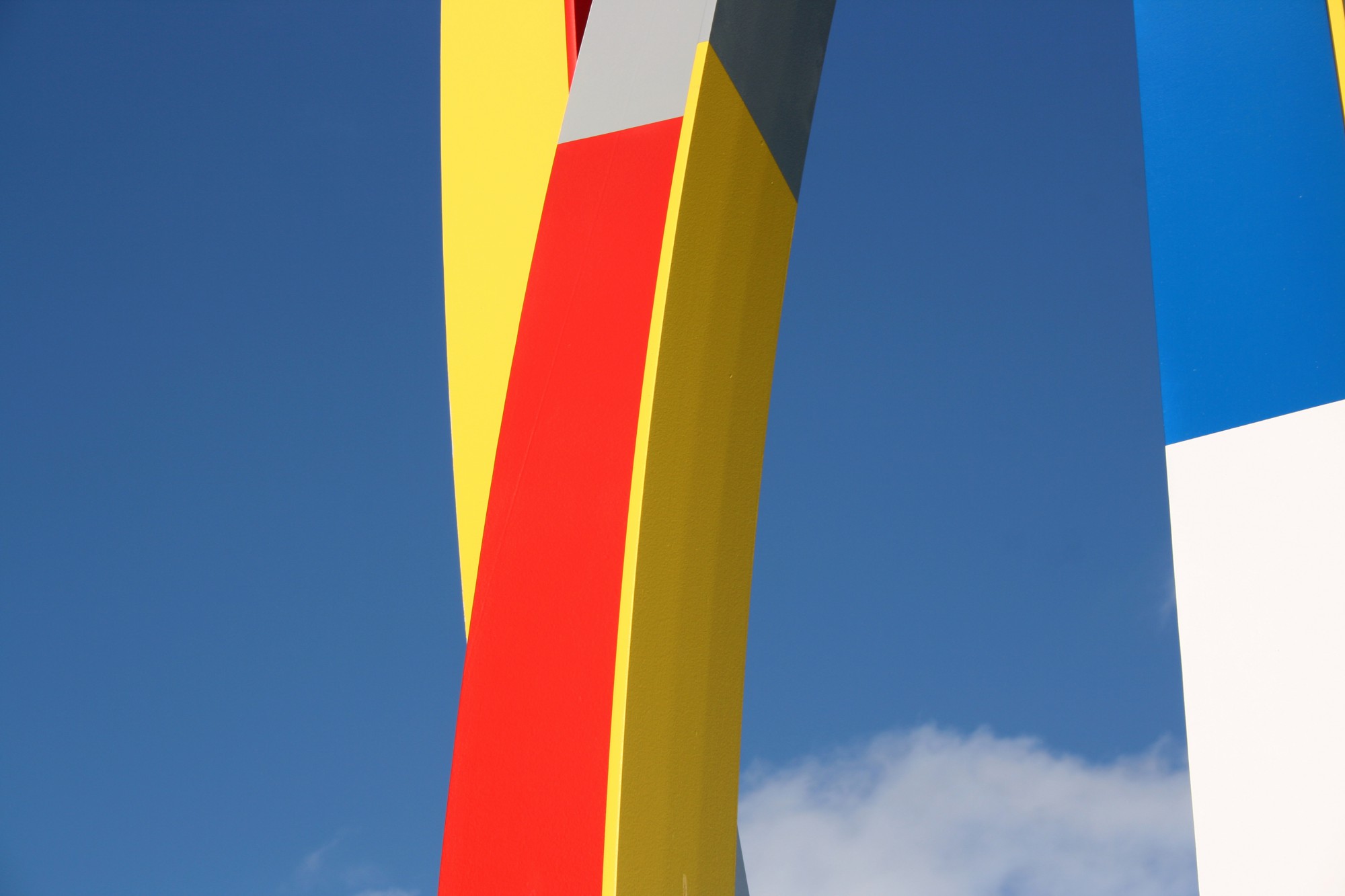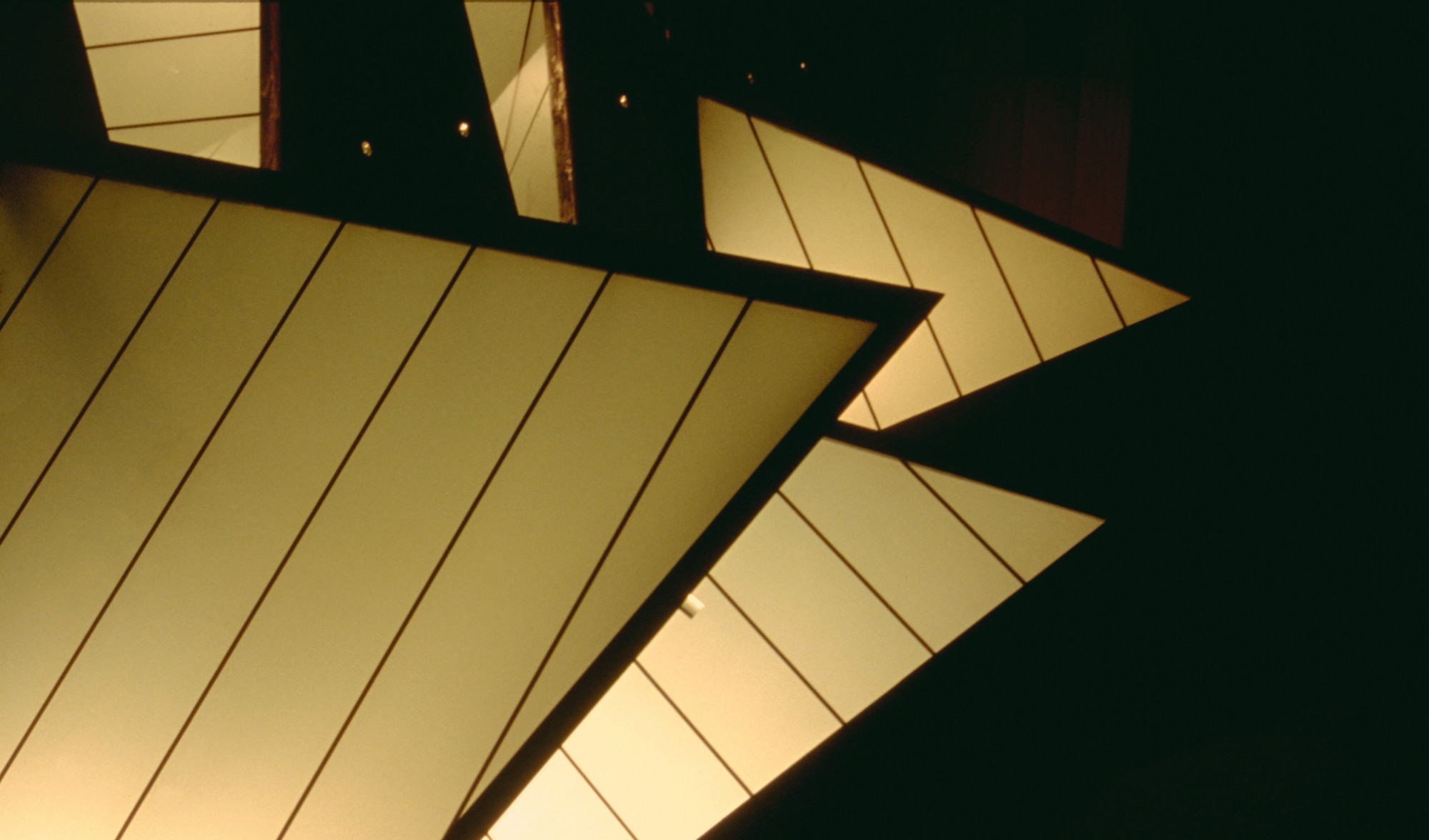Filosofía
Philosophy
→
Normalmente los objetos, las cosas, las personas aparecen, se hacen evidentes en un marco o escenario donde fondo y figura establecen una unidad inseparable. Podríamos preguntarnos que hay entre las cosas y lo que hay entre ellas y nosotros. El ámbito del diseño actúa precisamente en este espacio que genera objetos que se relacionan entre si y nosotros con ellos, pero probablemente no reparamos en algo tan invisible e intangible como el espacio que los rodea, los sostiene, los vincula entre si y los hace existir.
Gracias a la existencia de estas relaciones entre los objetos y nosotros, podemos hablar de participación en el mundo que nos rodea. Superar la noción de objeto implica trascender los fines habituales del diseño, que ya no se organiza según las convenciones de un genero, sino que se alimenta en el uso heterodoxo de múltiples registros, proponiendo estrategias de cruce de diversas disciplinas para así ampliar sus expectativas.
Los productos que aquí se presentan en su mayoría son el resultado de incidir en el espacio urbano, entendiendo este como un escenario plural que percibimos como un artificio perpetuamente inacabado y en el que la ciudad se hace cada vez más compleja con la aparición de nuevas actividades, nuevas tecnologías, nuevos servicios convirtiéndose en un territorio de máxima concentración de la información y de la accesibilidad. Esta cultura del espacio urbano es la que ha de dar la verdadera dimensión a la ciudad, para ello son necesarios unos elementos, unos accesorios que hagan de su superficie un soporte cualificado de usos múltiples. Estos accesorios los podríamos contemplar de dos maneras, por un lado los que ayudan ha resolver la gran demanda de espacios de ocio y de comunicación que podrían ser toda la gama de mobiliario urbano entendidos como elementos seriados, efímeros, útiles y prácticos. Mientras que por otro lado existen otros accesorios con una carga más simbólica y cabría preguntarse cuál es su función y que papel juegan en el contexto del espacio público y por qué el arte se arriesga ha perder su libertad que tenía en el museo para adaptarse a las nuevas condiciones de la ciudad, para hacer de su espacio un ambiente más rico y expresivo.
Estudi Roselló Associats es una empresa con un equipo multidisciplinar que contempla esta doble demanda de equipamientos urbanos.
→
Normally objects, things, people appear or are presented in a frame or scene where the object and its context establish an inseparable unity. We could ask what lies between each object and also what connects these objects and ourselves. The field of design acts in precisely this space, the space that draws a link between objects and between us and those objects. Yet we barely notice something so invisible and intangible as the space that surrounds them, holds them, connects them and brings them into being.
Thanks to the existence of the relationship between these objects and ourselves, we can speak about our participation in the world that surrounds us. To overcome the idea of object implies reaching beyond the usual aims of design that no longer hold on to the conventions of genre but feed from an unorthodox use of many different registers, proposing strategies to combine diverse disciplines so as to raise expectations.
The products that are presented here are mainly the result of observing the urban environment, interpreting it as a plural setting. A setting that can be seen as a never-ending artifice in which the city becomes more and more complicated with the appearance of new activities, technologies, and services converting the city into a mass concentration of information and accessibility. This culture of an urban space is what should lend a city its true dimension, and for this a few elements are necessary, a few accessories that give its surface the capability to support multiple functions. In one way, these accessories should be those which help to meet the great demand for leisure and communication facilities. This could be a whole range of uniform, temporary, useful and practical street furniture and fixtures. Perhaps others, of a more symbolic persuasion, might possibly question its function and the role it plays in the context of the public arena; they may ask why art risks losing the liberty found in the gallery to adapt itself to the new conditions of a city: to make a richer and more expressive atmosphere from the space.
Estudi Rosselló Associats has a multi-skilled team that takes into consideration this double demand on urban equipment.
